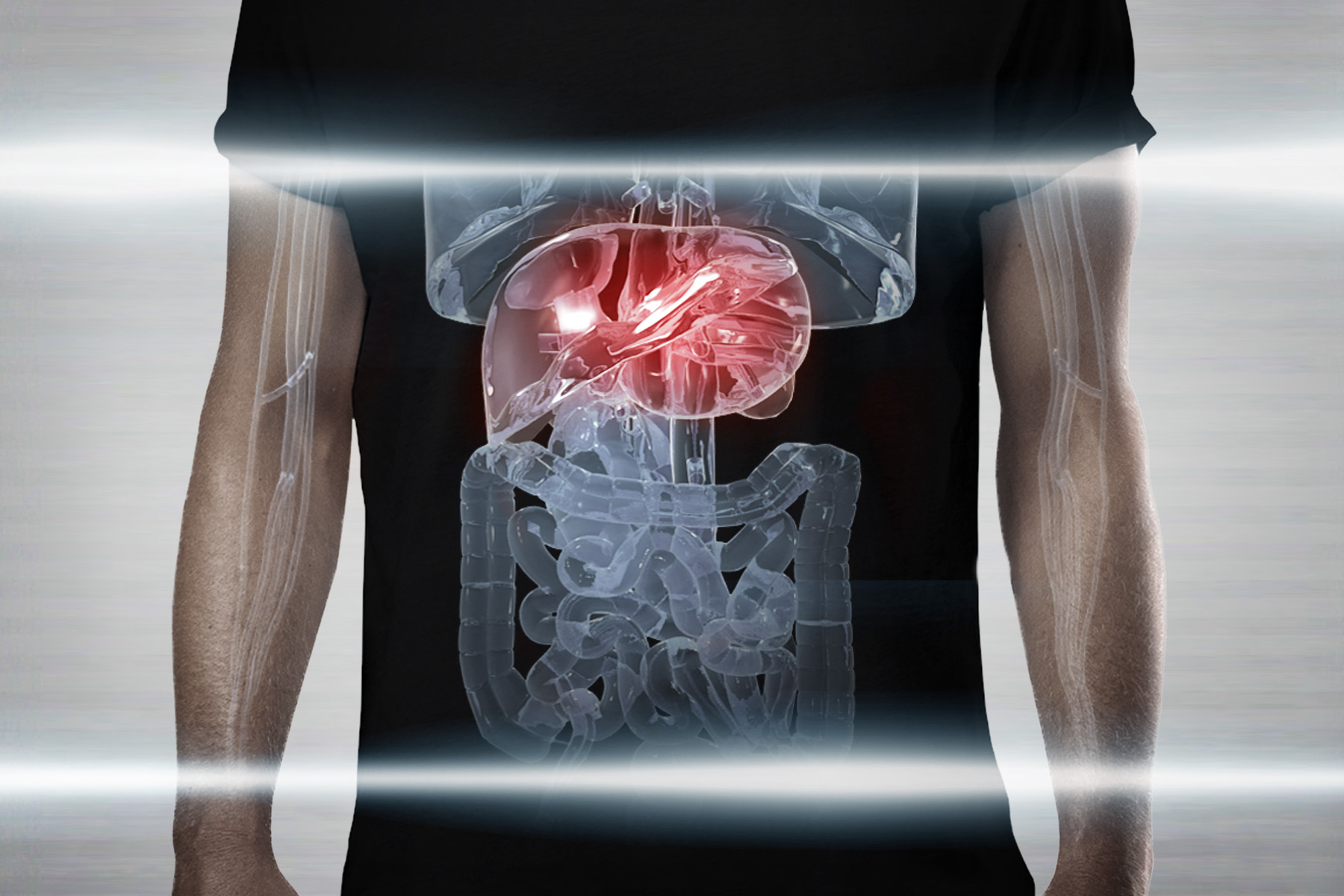What Parts of the Body May Be Severely Damaged by Painkiller Abuse?

Lungs: Because opiates and similar drugs suppress the body’s ability to breathe, they interfere with the normal function of the lungs. Thus medical research has found that opiate abuse is associated with a greater risk of pneumonia.
The inhalation of painkillers, as when an opiate like oxycodone or hydrocodone is smoked, also results in a buildup of fluids in the lungs, according to a British Medical Journal article. The result can be shortness of breath for the drug abuser.
Stomach and intestines: Opiates are very well known for causing constipation, even at their normal dosage. Abuse of painkillers means that the abusers is taking far more of the drug than a doctor would ever recommend. Long-term abuse of painkillers means that many users will need to rely on laxatives to move the bowels or risk damage to the anus (painful tears called fissures) or the sphincter.
There is a further syndrome that is suffered by opiate abusers. According to the International Foundation for Functional Gastrointestinal Disorders, a narcotic abuser can suffer from “narcotic bowel syndrome” or NBS. This disorder is a result of the slowing down of the bowel function. The symptoms include nausea, bloating, vomiting, abdominal distention and of course, constipation.
When a person is given opiates for treatment of stomach or abdominal pain resulting from injury or cancer, these drugs may actually make the nerves more sensitive and make pain worse instead of better. The patient suffers a severe colicky pain. The same problem can occur when a person is abusing one of these drugs.

Liver: Every drug is broken down and processed by the liver. The liver is therefore heavily stressed by prescription painkiller abuse and can store toxins from the breakdown process. But the most significant liver damage results from the acetaminophen that is included in many of the formulas. Common drugs like Vicodin, Lortab and Percocet have high dosages of acetaminophen. When these pills are abused, very high levels of acetaminophen can cause liver failure.
Some people who abuse these drugs process the pills through a washing technique that is supposed to remove most of the acetaminophen. Many people skip this step and abuse the pills in their original forms.
In 2011, the FDA limited the amount of acetaminophen in an opiate painkiller to 325 mg per pill in an effort to save the lives of some people who were abusing these drugs. One of the FDA staff commented: “Overdose from prescription combination products containing acetaminophen account for nearly half of all cases of acetaminophen-related liver failure in the U.S., many of which result in liver transplant or death.” Despite this limitation, many abusers take far more of this combination than is recommended. As many as 50,000 people are rushed to emergency rooms each year as a result, with more than 200 dying.
Muscles and kidneys: If a person abuses painkillers to the point of becoming comatose, he can suffer severe and life-threatening injury that has nothing directly to do with the respiratory suppression effect of the drugs. A condition called “rhabdomyolysis” can occur. This is a rapid breakdown of muscle tissue that results from a person lying completely immobilized for a number of hours. The compression experienced by the muscles causes the tissue to begin to disintegrate. The chemicals that are produced by this disintegration pour into the bloodstream and cause a chain reaction of damage in other organs. This is a leading cause of kidney failure. If dialysis is not started in time, a person can die. Damage to the heart can also occur, including heart attack.
Chronic use of painkillers for years can have a directly damaging effect on the kidneys, leading to the need for dialysis or transplant. It is not the opiate in the painkillers that disables the kidneys, but the secondary analgesics such as acetaminophen.
While these would be enough to scare most people away from abusing these drugs, there are even more threats from snorting, injecting or even swallowing these drugs. Continue reading to learn more.
Resources:
- http://www.ncbi.nlm.nih.gov/pubmed/22091503
- http://www.nhtsa.gov/people/injury/research/job185drugs/morphine.htm
- http://thorax.bmj.com/content/50⁄11/1125.full.pdf
- http://www.iffgd.org/site/gi-disorders/other/nbs
- http://www.examiner.com/article/tylenol-acetaminophen-dangerous-elevated-doses-addicts-at-higher-risk
- http://www.rxlist.com/percocet-drug/consumer-side-effects-precautions.htm
- http://en.wikipedia.org/wiki/Hydrocodone/paracetamol
- http://healthland.time.com/2011⁄01/13/fda-cuts-acetaminophen-dose-in-opioid-painkillers/
- http://www.dartmouth.edu/~healthed/groups/dapa/otherdrugs/op.html
- http://jasn.asnjournals.org/content/11⁄8/1553.full.pdf
- http://www.ncbi.nlm.nih.gov/pubmed/3988309
- http://kidney.niddk.nih.gov/kudiseases/pubs/analgesicnephropathy/
 ®
®